Home>Interior Design>This Georgian Coach House Resides In Perfect Harmony
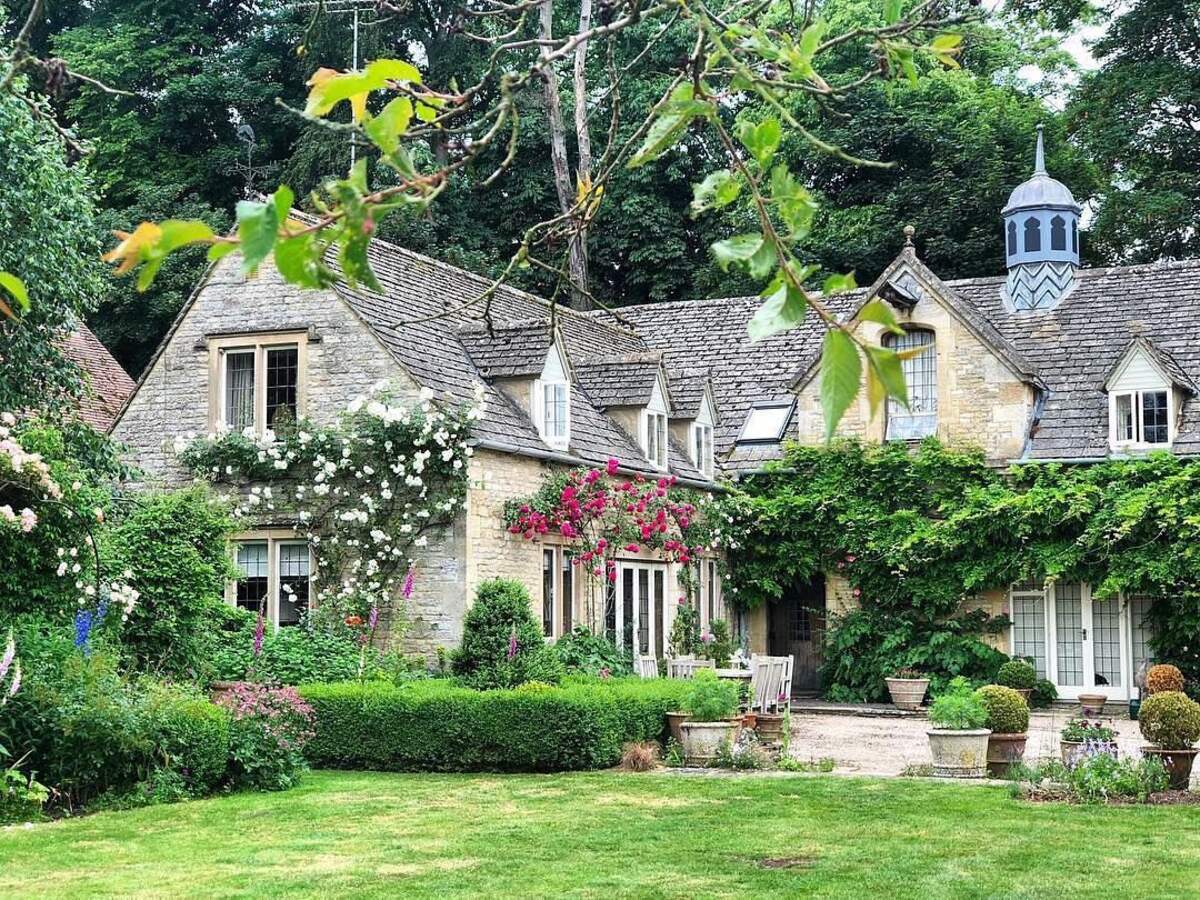

Interior Design
This Georgian Coach House Resides In Perfect Harmony
Modified: February 18, 2024
Discover the perfect harmony of this Georgian coachhouse, blending exquisite interior design with timeless elegance. Explore our exceptional design choices for a truly enchanting experience.
(Many of the links in this article redirect to a specific reviewed product. Your purchase of these products through affiliate links helps to generate commission for Storables.com, at no extra cost. Learn more)
Introduction
Welcome to the world of Georgian coachhouses – a timeless blend of history, architectural splendor, and exquisite interior design. Nestled in picturesque settings, these structures have stood the test of time, serving as a testament to the craftsmanship and elegance of the Georgian era.
A Georgian coachhouse, also known as a carriage house or a coachman’s house, was traditionally built as an annex to a larger Georgian-style residence. These buildings were used to store carriages and horses, and often housed the coachman and other staff members associated with the main estate.
While originally serving a practical purpose, Georgian coachhouses have evolved into exquisite architectural masterpieces. Today, many of these properties have been lovingly restored, marrying their historical charm with contemporary design elements to create luxurious living spaces.
From their grand facades adorned with intricate carvings and columns to their carefully curated interiors, Georgian coachhouses exude elegance and sophistication. Step inside one of these magnificent structures, and you’ll be transported to a bygone era, where opulence and refinement were the order of the day.
In this article, we will delve into the fascinating world of Georgian coachhouses, exploring their history, architectural features, interior design, and more. Whether you’re a lover of historic homes, or simply interested in the finer details of interior design, join us on this journey through time and discover the allure of Georgian coachhouses.
Key Takeaways:
- Step into the world of Georgian coachhouses, where history, elegance, and architectural splendor converge to create luxurious living spaces that transport you to a bygone era of opulence and refinement.
- From their grand facades to their meticulously designed interiors and captivating gardens, Georgian coachhouses stand as timeless testaments to the enduring allure and craftsmanship of the Georgian era, offering a glimpse into a rich architectural legacy.
History of the Georgian Coachhouse
The Georgian coachhouse dates back to the 18th century, during the reigns of kings George I to George IV in England. This period, known as the Georgian era, was characterized by a focus on elegance, symmetry, and classical ideals in architecture and design.
Georgian coachhouses were originally built as part of larger estates and were essential for the transportation needs of the time. Carriages were a common mode of transportation for the elite, and these structures provided a dedicated space for storing carriages, horses, and other equestrian equipment.
Not only did the coachhouse serve a functional purpose, but it also reflected the status and wealth of the estate owner. The grandeur of the coachhouse often matched that of the main residence, with elaborate facades, decorative detailing, and impressive entrances.
During the Georgian era, coachhouses were typically situated at the rear of the main residence, connected to the principal building by a courtyard or a covered walkway known as a colonnade. This allowed for easy access between the living quarters and the carriage storage area.
As the 19th century unfolded, advancements in transportation, such as the introduction of railways, led to a decline in the use of carriages. With the decrease in demand for carriage storage, many coachhouses were repurposed or fell into disuse.
However, in recent decades there has been a growing appreciation for the historical significance and architectural beauty of Georgian coachhouses. Many have been lovingly restored and transformed into stunning residences, preserving their heritage while adapting them to modern living.
Today, Georgian coachhouses continue to captivate with their timeless charm and impressive craftsmanship. Their unique blend of history and elegance makes them highly sought-after properties for those who appreciate the allure of bygone eras.
In the next section, we will explore the architectural features that make the Georgian coachhouse a true gem of architectural design.
Architectural Features of the Coachhouse
The Georgian coachhouse boasts a distinctive architectural style that showcases the craftsmanship and attention to detail prevalent during the Georgian era. Let’s take a closer look at some of the key features that make these structures so visually stunning.
1. Grand Façade: The front facade of a Georgian coachhouse is often characterized by symmetrical design and grand proportions. It may feature large arched or rectangular windows, decorative cornices, and pediments that add a touch of elegance to the exterior.
2. Classical Elements: Drawing inspiration from ancient Greek and Roman architecture, Georgian coachhouses often incorporate classical elements such as columns or pilasters. These architectural features lend a sense of grandeur and timelessness to the structure.
3. Ornamental Details: Intricate detailing is a hallmark of Georgian architecture, and coachhouses are no exception. Elaborate carvings, intricate moldings, and decorative motifs can be found throughout the building, adding depth and visual interest.
4. Arched Entrances: The entrance to a Georgian coachhouse is often a focal point, featuring an arched doorway with a prominent keystone. This architectural detail serves as a welcoming invitation and adds to the overall elegance of the structure.
5. Courtyard or Colonnade: Georgian coachhouses were typically connected to the main residence by a courtyard or a covered walkway known as a colonnade. This architectural element not only provided a functional connection but also added a touch of grandeur and symmetry to the overall composition.
6. Roofline and Chimneys: The roof of a Georgian coachhouse is typically steep and sloping, often adorned with dormer windows. The chimneys, placed strategically along the roofline, add character and a sense of warmth to the exterior.
7. Stable Doors: To facilitate easy access to the carriage storage area, Georgian coachhouses often feature stable-style doors. These doors, typically divided into upper and lower halves, are not only functional but also add to the overall charm and authenticity of the structure.
8. Internal Layout: The internal layout of a Georgian coachhouse is designed with efficiency and practicality in mind. It typically includes a large carriage storage area, living quarters for staff, and sometimes additional rooms for storage or workshops.
These architectural features collectively contribute to the beauty and timeless appeal of the Georgian coachhouse. In the next section, we will explore the interior design and furnishings that complement the grandeur of these magnificent structures.
Interior Design and Furnishings
The interior design of a Georgian coachhouse is a harmonious blend of historical elegance and modern sophistication. These spaces are carefully curated to showcase the architectural features while providing a comfortable and luxurious living environment. Let’s explore some key aspects of the interior design and furnishings found in Georgian coachhouses.
1. Period Detailing: Georgian coachhouses often feature period detailing, such as ornate plasterwork, decorative ceiling cornices, and intricate moldings. These architectural elements add a sense of grandeur and richness to the interior spaces.
2. Elegant Color Palette: The color palette in a Georgian coachhouse is typically soft and muted, drawing inspiration from the Georgian era. Shades of cream, gray, pastels, and earth tones are commonly used to create a soothing and refined ambiance.
3. Classic Furnishings: When it comes to furnishing a Georgian coachhouse, classic and timeless pieces are the go-to choice. Wingback chairs, antique tables, Chippendale or Queen Anne-style furniture, and elegant upholstery fabrics contribute to the overall aesthetic.
4. Rich Fabrics and Textures: Luxurious fabrics and textures play a significant role in the interior design of Georgian coachhouses. Silk drapes, velvet upholstery, embroidered cushions, and Persian rugs add depth, texture, and a touch of opulence to the spaces.
5. Antique and Vintage Accents: Incorporating antique and vintage accents brings authenticity and character to the interior. A carefully curated collection of antique mirrors, artwork, chandeliers, and decorative objects can add a sense of history and intrigue.
6. Statement Lighting: To enhance the ambiance and showcase the architectural features, statement lighting fixtures are often used. Crystal chandeliers, wall sconces, and delicate pendant lights create a warm and inviting glow, adding a touch of glamour.
7. Open Floor Plans: Many Georgian coachhouses have undergone restoration and transformation to create open and versatile living spaces. This allows for modern and functional layouts while maintaining the original charm of the structure.
8. Modern Amenities: While preserving the historical integrity, modern amenities and technologies are seamlessly integrated into the interior design of Georgian coachhouses. High-end appliances, central heating, and cooling systems, and smart home features ensure comfort and convenience.
The interior design of a Georgian coachhouse is a testament to the timeless beauty of the Georgian era. The carefully curated spaces, classic furnishings, and attention to detail create a luxurious and elegant living environment that pays homage to the architectural splendor of these historic structures.
Next, we will explore the outdoor areas and the captivating landscaping that enhances the beauty of Georgian coachhouses.
When designing a coachhouse, consider using traditional Georgian architectural elements such as sash windows, symmetrical facades, and decorative moldings to achieve perfect harmony.
Landscaping and Garden Features
The landscaping and garden features surrounding a Georgian coachhouse are an integral part of the overall aesthetic appeal. These outdoor spaces are meticulously designed to complement the architectural beauty and create a harmonious blend between nature and structure. Let’s explore some key aspects of landscaping and garden features commonly found in Georgian coachhouses.
1. Formal Gardens: Georgian coachhouses often have expansive, well-manicured formal gardens with geometrically shaped lawns, hedges, and flower beds. These gardens follow the principles of symmetry, balance, and order, creating a sense of elegance and tranquility.
2. Ornamental Plants and Flowers: The gardens surrounding Georgian coachhouses are adorned with a variety of ornamental plants and flowers. Boxwoods, topiaries, roses, lavender, and other flowering plants are carefully chosen to add color, fragrance, and visual interest to the landscape.
3. Pathways and Paved Areas: Pathways and paved areas in the garden contribute to the functionality and aesthetics of the outdoor space. Gravel paths, cobblestone walkways, and paved terraces provide a gentle contrast to the greenery and lead visitors through the garden in a delightful journey.
4. Water Features: Georgian coachhouses often feature water features, such as fountains, ponds, or even small ornamental streams. These water features not only add a soothing element to the landscape but also create a sense of enchantment and serenity.
5. Garden Structures: To further enhance the beauty and functionality of the outdoor space, Georgian coachhouses may include garden structures like pergolas, arbors, and gazebos. These structures provide shade, a focal point, and an opportunity to showcase climbing plants.
6. Sculptures and Statues: Georgian gardens often feature sculptures and statues as decorative accents. These art pieces, carefully placed within the garden, add a touch of elegance and serve as captivating focal points.
7. Walled Gardens: Some Georgian coachhouses boast walled gardens that offer privacy and seclusion. These enclosed spaces create a sense of intimacy and serve as a sanctuary where residents can enjoy the beauty and tranquility of their surroundings.
8. Outdoor Dining and Entertainment Areas: Outdoor dining and entertainment areas are incorporated into the gardens, allowing residents to enjoy al fresco dining and social gatherings. These spaces may include patios, outdoor kitchens, seating areas, and fire pits.
The landscaping and garden features surrounding a Georgian coachhouse create an enchanting outdoor experience. The meticulously designed gardens, ornamental plants, water features, and architectural structures all come together to form a seamless connection between the interior and exterior spaces, making the overall living environment truly remarkable.
In the next section, we will explore the preservation efforts and restoration process involved in maintaining the historical integrity of Georgian coachhouses.
Preservation Efforts and Restoration Process
Preserving the historical integrity of Georgian coachhouses is of paramount importance to ensure these architectural gems stand the test of time. Restoration efforts play a key role in maintaining the unique characteristics and charm of these structures. Let’s explore the preservation efforts and restoration process involved in safeguarding Georgian coachhouses.
1. Research and Documentation: The restoration process begins with thorough research and documentation of the coachhouse’s history and architectural features. This helps in understanding the original design intent and guiding the restoration work.
2. Structural Assessment: A detailed structural assessment is conducted to identify any underlying issues or damage to the building. This involves inspecting the foundation, walls, roof, and other structural elements to ensure stability and integrity.
3. Historical Accuracy: The restoration aims to maintain historical accuracy and authenticity. Skilled craftsmen work meticulously to match the original materials, finishes, and architectural detailing, ensuring the restoration aligns with the original design and style of the coachhouse.
4. Conservation of Original Features: Restoration efforts focus on conserving and restoring the original features of the coachhouse. This includes preserving decorative plasterwork, restoring woodwork, repairing or replicating original windows, and restoring ornate moldings.
5. Sympathetic Renovations: In cases where modernization or adaptation is necessary, efforts are made to ensure renovations are sympathetic to the character and historical significance of the coachhouse. This may involve integrating modern amenities while minimizing their visual impact.
6. Specialist Craftsmanship: Skilled craftsmen specializing in traditional construction techniques and materials are often employed for the restoration process. They possess the expertise to execute intricate details and replicate historical features with precision.
7. Sustainability and Conservation: Restoration efforts also take into consideration sustainability and conservation principles. This may involve implementing energy-efficient technologies, preserving natural resources, and exploring eco-friendly practices during the restoration process.
8. Regular Maintenance and Care: Once the restoration is complete, regular maintenance and care are crucial to ensure the longevity of the coachhouse. This involves monitoring the condition of the building, addressing any issues promptly, and implementing proactive preservation measures.
Preservation efforts and the meticulous restoration process are essential in safeguarding the historical integrity and charm of Georgian coachhouses. By staying true to the original design and architectural features, while incorporating necessary modernizations, these structures can continue to inspire awe and admiration for generations to come.
In the next section, we will explore the current use and residents of Georgian coachhouses, showcasing their versatility and adaptability in the modern world.
Current Use and Residents
Georgian coachhouses, with their timeless charm and elegant architecture, have found new purposes and welcomed diverse residents in the modern era. Let’s explore the various uses and the types of residents that occupy these magnificent structures today.
1. Residential Homes: Many Georgian coachhouses have been transformed into luxurious residential properties. These dwellings offer a unique living experience, blending historical character with modern comforts. The spacious interiors, beautiful gardens, and architectural allure attract homeowners who appreciate the grandeur and sophistication of the Georgian era.
2. Vacation Rentals and Boutique Hotels: Georgian coachhouses have become sought-after vacation rentals and boutique hotels, providing guests with an opportunity to reside in a historic and picturesque setting. The ambiance, exquisite interiors, and beautiful surroundings make these properties ideal for those seeking an immersive and luxurious experience.
3. Creative and Professional Spaces: Some Georgian coachhouses have been repurposed as creative workspaces, studios, or offices for professionals across various industries. The unique architectural features and serene environment make these locations inspiring and conducive to creativity and productivity.
4. Event Venues: The grandeur and elegance of Georgian coachhouses make them popular choices for hosting special events, such as weddings, corporate functions, and parties. The versatility of the spaces, along with the stunning gardens and scenic backdrop, creates a memorable setting for any occasion.
5. Cultural and Educational Centers: Georgian coachhouses have been transformed into cultural and educational centers, housing art galleries, museums, or heritage centers. By utilizing these spaces, communities can celebrate and preserve the history, art, and traditions associated with Georgian architecture and the local area.
6. Community Spaces: In some instances, Georgian coachhouses have been converted into community spaces, serving as gathering areas for local residents. These spaces may host community events, workshops, or social activities, fostering a sense of belonging and promoting community engagement.
7. Preservation and Heritage Initiatives: Many Georgian coachhouses are protected through preservation and heritage initiatives, with organizations and trusts taking ownership of these structures. The aim is to safeguard their historical importance, raise awareness, and ensure long-term maintenance to keep them intact for future generations to appreciate.
The current uses and residents of Georgian coachhouses demonstrate their versatility and adaptability in the modern world. As these structures continue to evolve and find new purposes, they hold a special place in the hearts of those who appreciate the architectural beauty and rich history they embody.
As we conclude our journey through the world of Georgian coachhouses, we reflect on the enduring allure of these remarkable structures. In their grand facades, elegant interiors, captivating gardens, and rich history, Georgian coachhouses remain a testament to the timeless elegance and craftsmanship of a bygone era.
Next time you come across a Georgian coachhouse, take a moment to admire its beauty and appreciate the efforts made to preserve and cherish these architectural treasures for generations to come.
Conclusion
The Georgian coachhouse stands as a timeless testament to the grandeur, elegance, and craftsmanship of the Georgian era. From their striking facades adorned with intricate detailing to their meticulously designed interiors and breathtaking gardens, these architectural gems exude an undeniable allure.
Throughout history, Georgian coachhouses have undergone transformations, adaptation, and restoration efforts to ensure their preservation and relevance in the modern world. Today, they continue to captivate residents and visitors alike, offering a glimpse into a bygone era of opulence and sophistication.
Whether preserved as luxurious residential homes, repurposed as creative spaces or event venues, or celebrated as cultural and educational centers, Georgian coachhouses serve as living testaments to architectural heritage. Their adaptability and versatility enable them to thrive in a changing world while maintaining their historical significance.
The beauty of these structures lies not only in their physical attributes but also in the stories they tell. Each Georgian coachhouse carries with it the history, culture, and artistry of the time in which it was built. They are windows into the past, offering a connection to a rich architectural legacy.
Preservation efforts and restoration processes are vital in maintaining the integrity and charm of Georgian coachhouses. By carefully tending to the architectural details, conserving historical features, and balancing modern amenities, these structures can continue to inspire and captivate for generations to come.
So, the next time you come across a Georgian coachhouse, take a moment to appreciate the harmonious blend of history and design. Admire the grandeur of its facade, step inside to experience its elegant interiors, and wander through its meticulously designed gardens. Embrace the beauty, the craftsmanship, and the stories that reside within these architectural wonders.
Georgian coachhouses reside in perfect harmony, bridging the gap between past and present. They are not merely structures; they are living testaments to the timeless elegance and enduring legacy of the Georgian era.
Frequently Asked Questions about This Georgian Coach House Resides In Perfect Harmony
Was this page helpful?
At Storables.com, we guarantee accurate and reliable information. Our content, validated by Expert Board Contributors, is crafted following stringent Editorial Policies. We're committed to providing you with well-researched, expert-backed insights for all your informational needs.
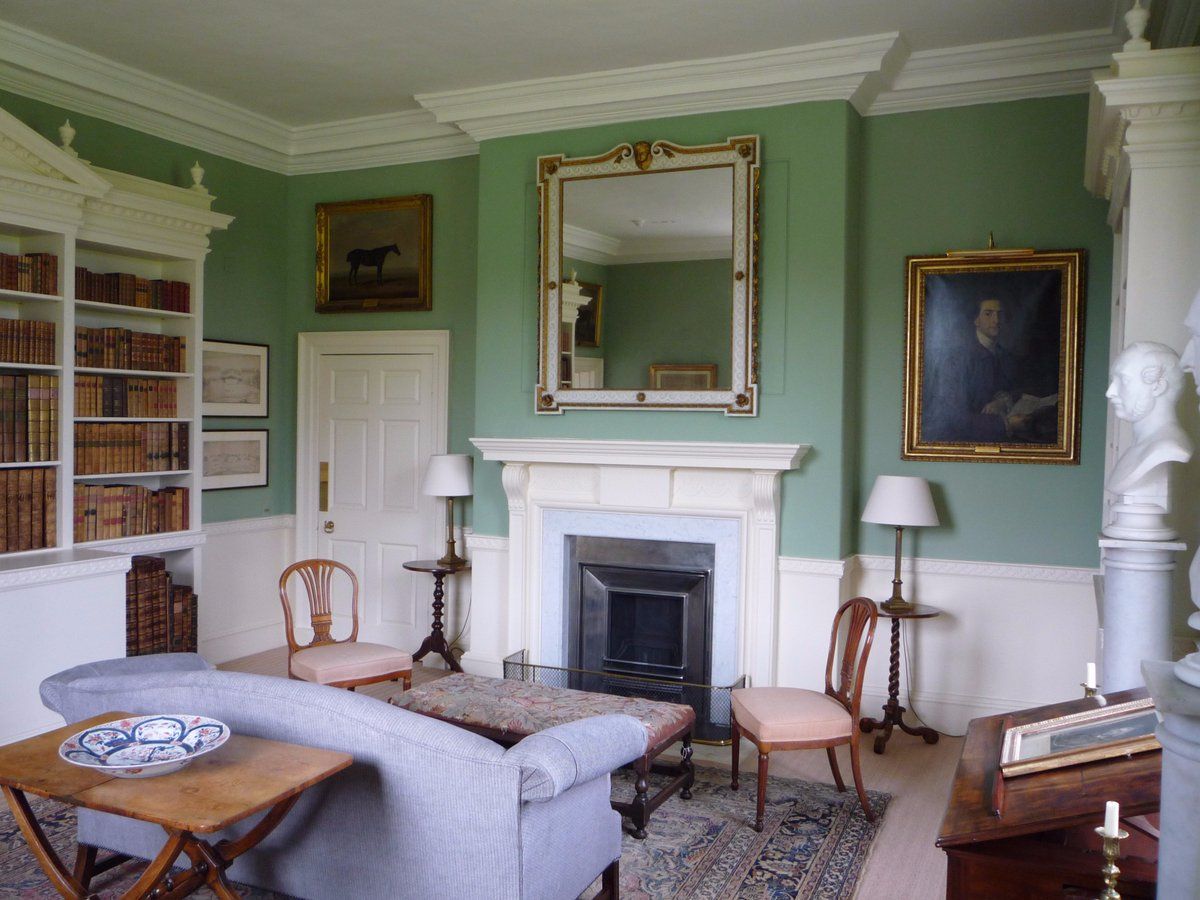
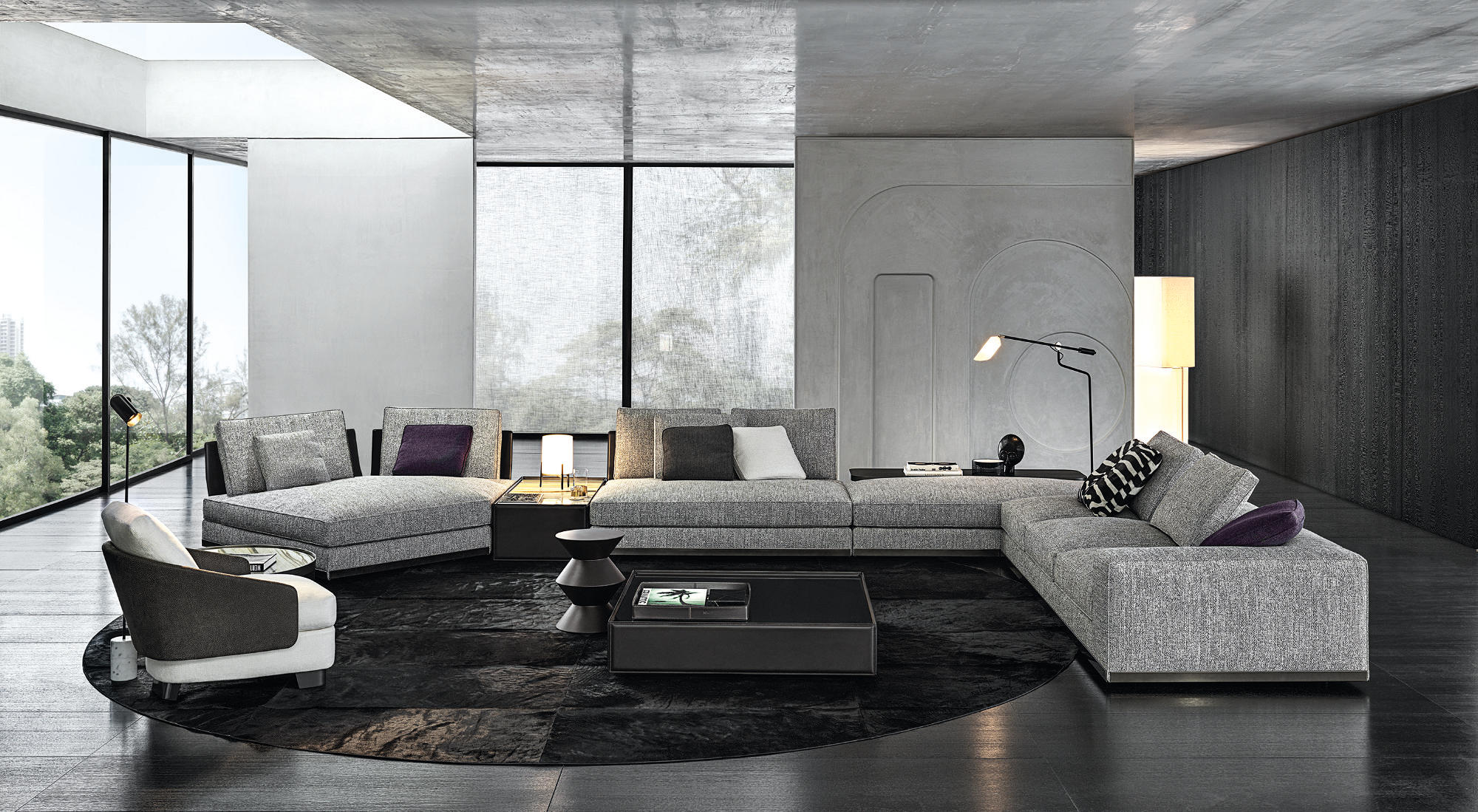




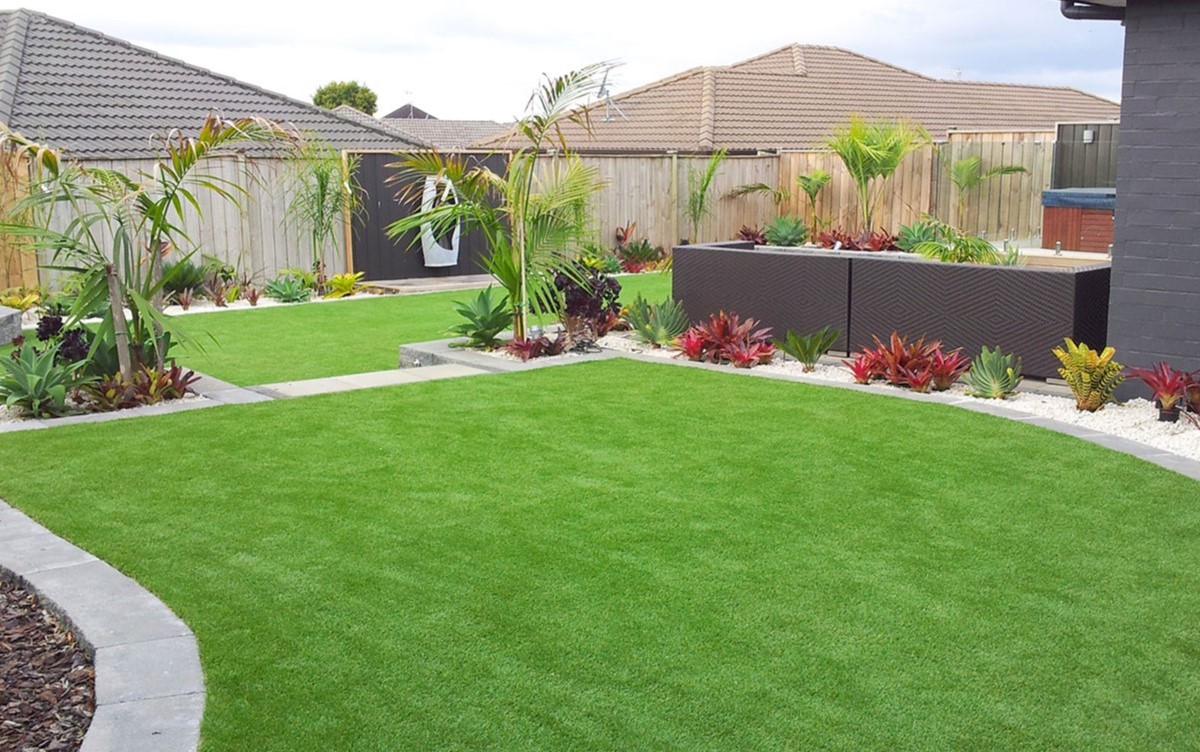

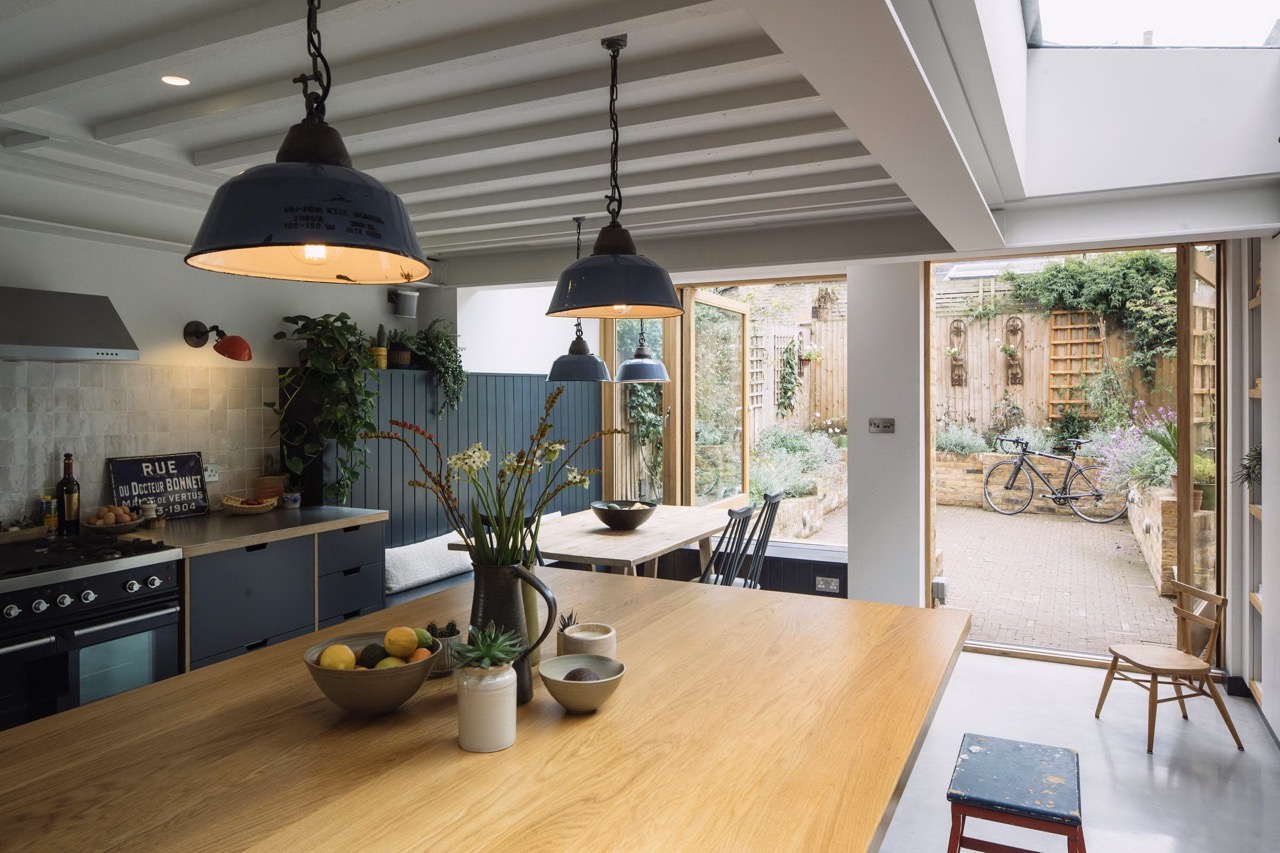
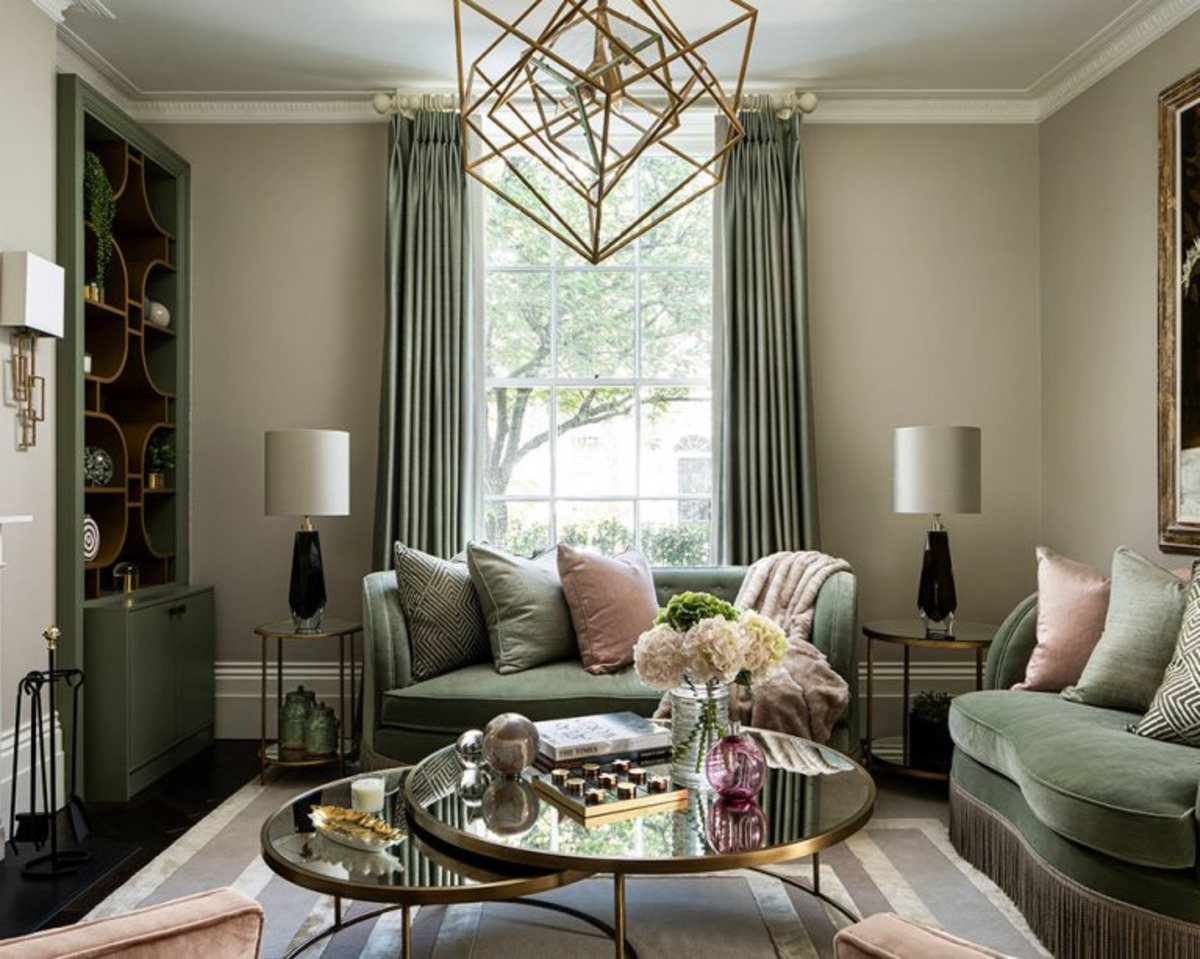
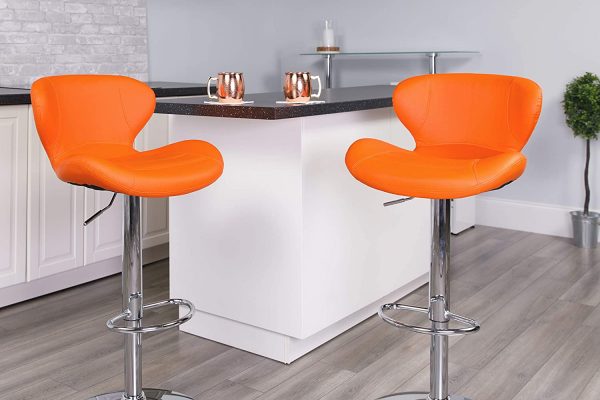
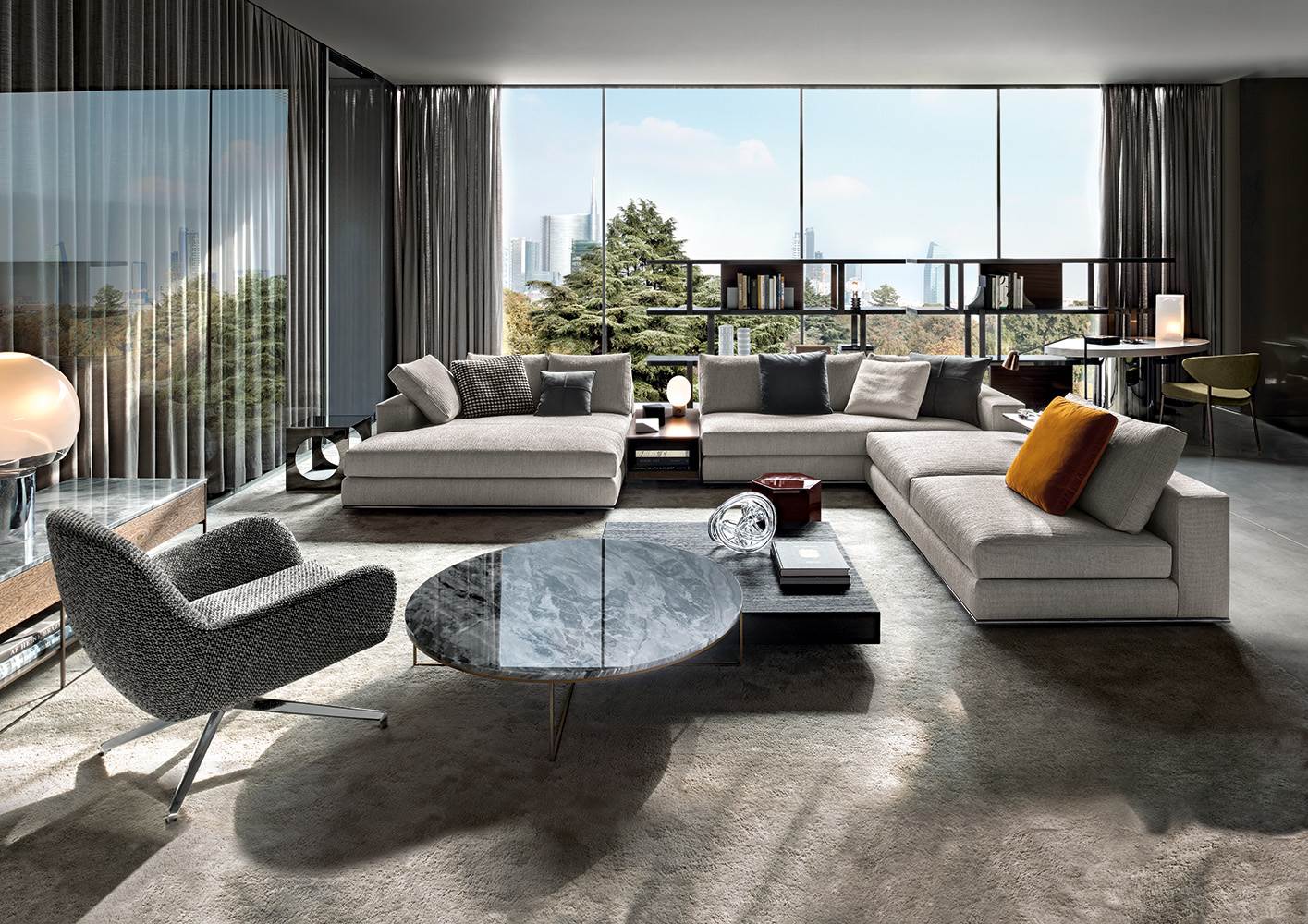



0 thoughts on “This Georgian Coach House Resides In Perfect Harmony”